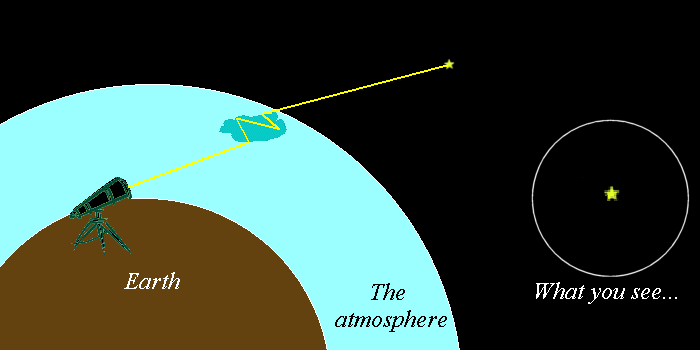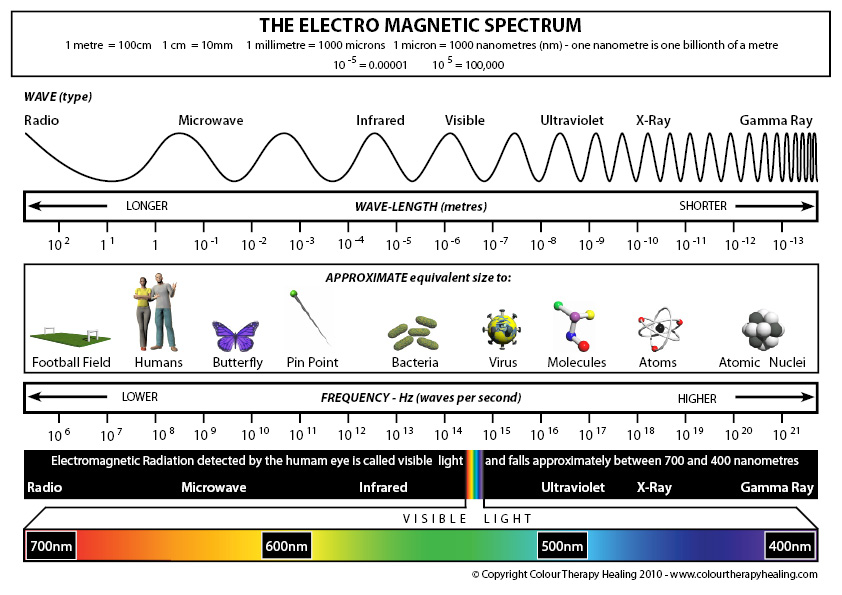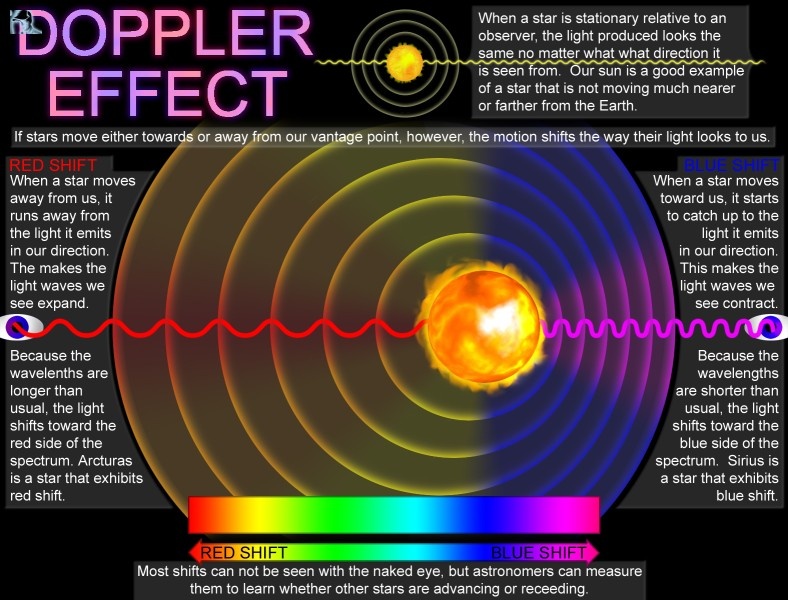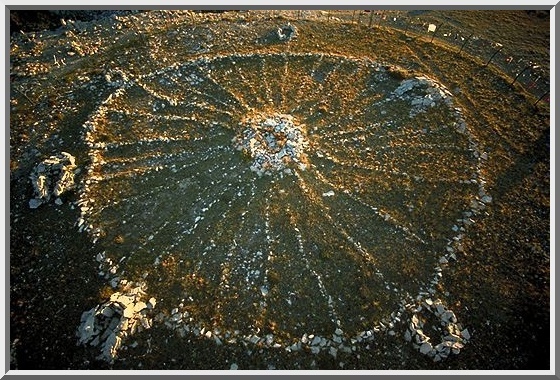
We have all heard the joke which rings all too true: the Olympics need one average person competing for reference. Last night, olympic figure skaters dazzled the international community with their many spins and jumps. I found myself extremely curious as to how the skaters are able to spin so many times with apparent ease.
When a figure skater spins, as they are able to do for very long durations, they actively conserve angular momentum by bringing their arms and legs inward, reducing the distance between the skater’s center axis of rotation (the skate on the ice) and the skater’s mass. Thus, by conserving angular momentum, rotational velocity increases, and the figure skater is able to complete what appears somewhere between extremely nauseating and impossible to the rest of us.
Angular momentum is basically similar to linear momentum, which is simply calculated by multiplying mass and velocity of the object. While the formula is not the same, if no external force is present, then momentum must be conserved and not change, in both linear and angular form. Since there is virtually no friction slowing down a figure skater on the ice, angular momentum is conserved, and thus the skater is able to increase speed by compressing mass into a smaller amount of space.








